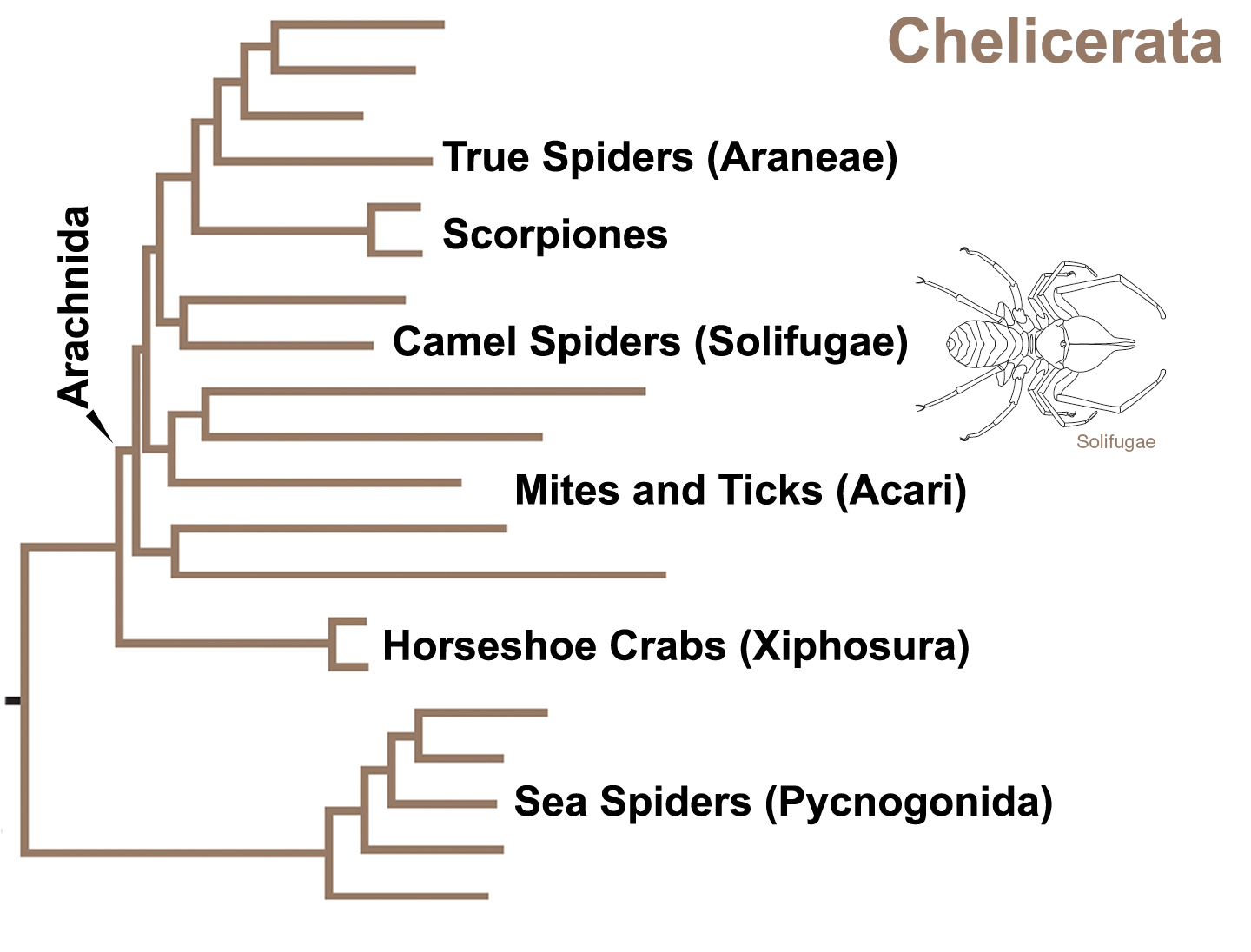Sorry, had to go out of town last week. Didn't do much here, and missed this.
Genetic, because evo-devo has shown the same homeobox genes responsible for fins are also responsible for vertebrate legs.
Here's just one, which is striking:
So now we have anatomical and genetic information showing the evolution of limbs. As I think I mentioned, the first walking vertebrate didn't walk on land. Acanthostega was a fish, with a lateral line system, internal gills, rayed fin tail, and limb connections to the spine too weak to let it walk on land. It walked on the bottom of ponds.
Because someone in this thread mentioned coelacanths as a putative human ancestor, it's important to note that they aren't. They are lobed-fin fish, and land vertebrates did evolve from lobed-fin fishes, but not coelacanths. And Coelacanths living today are much evolved from their ancient ancestors anyway.
The lungfish are much closer to our line, and not surprisingly, lungfish are more closely related genetically to us than they are to a bass. BTW, lungs in fish seem to have evolved before swimbladders. Lungs aren't modified swimbladders, swimbladders are modified lungs. That's a bit of a diversion, but we can talk about it separately, if you'd like to know how we know.
Other branches of lobed-fin fish developed more interesting structures.
Having found the right strata, paleontologists are pulling all sorts of half-fish/half-tetrapods out of the rocks, and it seems that there was a lot of selective pressure toward walking.
Limbs in fish have evolved at least twice since. Mudskippers have modified fins to "walk" and even climb trees.
The sargassum fish lives in "forests" of sargassum seaweed, and have evolved "hands" from their fins to climb around in the weed.
Edit: Apparently it's happened at least three times. Frogfish use fins to walk along the bottom.
It looks weird, because it's the same bones, using the same motion as we see in tetrapods.









